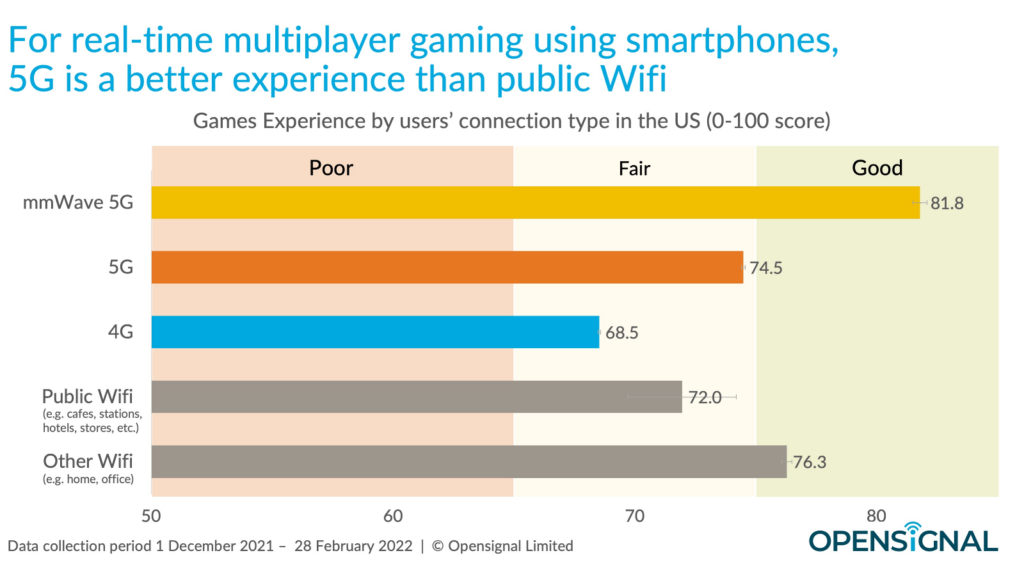Amazon Sidewalk utilizes the 900 MHz frequency to transmit low-bitrate messages to IoT devices, offering a wider coverage range compared to Wi-Fi without the need for base stations.
Amazon Sidewalk is a community network that delivers secure connectivity for smart IoT devices. Operating on sub-GHz frequencies, this low-bandwidth network can transmit data packets up to half a mile under optimal conditions. Amazon devices, acting as Sidewalk Bridges, allocate bandwidth to establish and expand the network.
This article explores the advantages of Amazon Sidewalk over Wi-Fi, 5G, and LPWAN technologies for specific IoT applications. It also highlights how Amazon Sidewalk streamlines smart device deployment efficiently and cost-effectively, featuring a case study in water utility management. Additionally, it provides an overview of available hardware development kits (HDKs) for Amazon Sidewalk.
The merits of a low-power, low-bandwidth network
While Wi-Fi excels in supporting high-bandwidth applications over short distances, it may struggle to reach all areas of a property without additional equipment like mesh systems or extenders. On the other hand, LTE and 5G networks offer extended range but come with higher complexity and costs compared to Wi-Fi. Amazon Sidewalk, operating on lower frequencies like Bluetooth LE and 900 MHz, securely transmits small data packets through Sidewalk Bridges, ensuring connectivity for IoT devices within the network’s coverage area.
Distinct from Wi-Fi, Sidewalk-enabled devices share a minimal amount of internet bandwidth, with Bridge devices consuming only a fraction of data compared to HD video streaming. Moreover, Sidewalk imposes a data cap of 500 MB per account per month, equivalent to ten minutes of video streaming.

Figure 1. A visual comparison of typical user bandwidth (25 MB/sec) versus the limited bandwidth allocated to Sidewalk Bridge devices (80 Kb/sec). (Image: Amazon)
Sidewalk-enabled devices can connect to the network where coverage is available, ensuring data privacy as Sidewalk does not access message content or data transmitted over the owner’s home network. Multiple encryption layers and security keys safeguard the transmitted data, allowing users to manage Sidewalk access through the Alexa or Ring app settings.
Sidewalk vs. LPWAN
Amazon Sidewalk and LPWAN technologies offer long-range, low-power connectivity for IoT devices, but differ in their approach. Sidewalk leverages a community-based mesh network using Amazon devices, while LPWAN protocols like LoRaWAN rely on dedicated infrastructure with base stations. Sidewalk’s range extends from 500m to 800m per device without the need for additional base stations, making it a cost-effective option for IoT connectivity.
Unlike open standard LPWAN protocols, Sidewalk is proprietary and integrates tightly with Amazon’s ecosystem, combining Bluetooth LE for short-range communication and the 900 MHz spectrum for long-range connectivity, providing versatility in connecting various devices.
Expediting smart device deployment
Amazon Sidewalk facilitates the widespread deployment of smart devices that were previously challenging to implement due to complexity or cost constraints. With extensive coverage across the US, Sidewalk ensures seamless connectivity for devices, eliminating the need for additional hardware to maintain constant connectivity in various applications.

Figure 2. Amazon Sidewalk provides seamless connectivity for various IoT applications across neighborhoods. (Image: Amazon)
From smart lights to pet trackers, Sidewalk ensures reliable connectivity for a wide range of IoT devices, enabling applications in home automation, security, and environmental monitoring. The protocol supports various devices like water leak sensors, air quality monitors, and agricultural sensors, enhancing efficiency and safety across different sectors.
For instance, Subeca partnered with AWS and Klika Tech to integrate AWS IoT Core for LoRaWAN into its BLINC modules, enabling utilities to monitor water usage and manage networks effectively. This collaboration resulted in significant growth for Subeca, demonstrating the potential of Amazon Sidewalk in utility management.
Getting started with Sidewalk
Developers can begin their Amazon Sidewalk journey by utilizing qualified HDKs, SDKs, and a Sidewalk Sample Application to prototype devices efficiently. AWS IoT Core for Amazon Sidewalk simplifies device onboarding and cloud connectivity, enabling seamless scalability for IoT projects.

Figure 3. The Texas Instruments (TI) LaunchXL CC1352P7-1 Launchpad development kit supports Amazon Sidewalk by enabling rapid prototyping and testing of IoT devices with sub-GHz, 2.4-GHz, Zigbee, and Bluetooth LE connectivity. (Image: Texas Instruments)
Before developing a Sidewalk-enabled device, developers should refer to the Quick Start Guide and technical documentation, select an approved development board, and download the relevant SDK to kickstart their project.
Conclusion
Amazon Sidewalk offers reliable connectivity for consumer and industrial IoT devices, leveraging low-bandwidth and low-power transmission to ensure seamless data exchange. By utilizing sub-GHz frequencies and Bluetooth LE technology, Sidewalk Bridges create a robust network that extends throughout neighborhoods, providing a cost-effective alternative to traditional connectivity solutions for IoT applications.
References
References to the original sources are preserved within the content.
Related Content
Explore related EE World articles for further insights into IoT and connectivity technologies.



